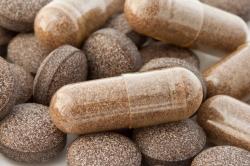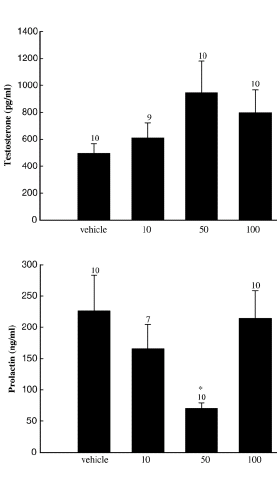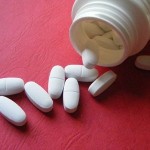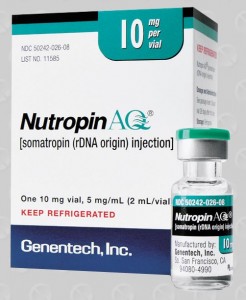Ginkgo Biloba Decreases Prolactin Levels
Blog Entry #79
By Admin – Steroidal.com
Gingko Biloba is one of the supplement ingredients which has grown popularity in the last few years, due to its effects on endogenous hormones and as a pre-workout addition. Pre-workout supplements are now big business, with new products hitting the market almost monthly promising all sorts of hormone manipulation, muscle gains and concentration levels.
We have written about the fact Ginkgo biloba can lower cortisol levels before and after more research we’ve found it has other effects on naturally occurring hormones in the body. Ginkgo may enhance testosterone levels, leading to a favourable anabolic environment in lab animals, but there isn’t much concrete in humans, although the supplement industry will have you believe it does increase testosterone levels. There doesn’t seem to be an data on Ginkgo and estrogen levels, but there does seem to be some on prolactin secretion inhibition.
We have an extensive article on prolactin and its correlation with progestin based anabolic steroids, Trenbolone and Deca-Durabolin use and other anabolic steroid use. The long and short of which there is very little, or no, clinical data supporting progestin based steroids will increase plasma levels of prolactin in males. Prolactin levels can rise though, mainly when aromatasable androgens are used which interact with the estrogen receptor and cause prolactin levels to rise. This is due to the long feedback mechanism in the body. Commonly, when estrogen is high, prolactin levels also rise causing more problems for steroid users.
If you’re not already aware, prolactin is a pretty nasty hormone that’s secreted by the pituitary in males and will inhibit testosterone production, lower libido and cause your nipples to lactate. It’s not a hormone you want out of range, much the same as estrogen. Various drugs can be used to keep it in range or lower it, these include, Bromocriptine, Cabergoline and Pramipexole which work by increasing dopamine levels, which inhibits levels of prolactin. This brings us on to the suspected action of Ginkgo as it may inhibit prolactin levels.
Today we’re going to look at a 2008 study in Taiwan and published in Hormones & Behaviour. Rats were split into four groups and given varied doses of Ginkgo per kilogram of bodyweight. Zero (control), 10, 20, 50 and 100mg were given to the rats for one month. They were put with female rats and the Taiwanese researchers recorded how many times they had sex per day.
The researchers saw an increase in the rat’s sexual desire when given the Ginkgo compared to the control in all groups. The most dramatic increase, at around 85% was seen in the 50mg per kg of bodyweight group.
The researchers wanted to see why the rats given Ginkgo had a higher sex drive than those that were given no Ginkgo or in the control group, so they tested testosterone levels and also prolactin levels.
As you can see in the figure below, the results were most severe in the 50mg group were testosterone levels rose around 90% compared to control.
Prolactin levels were also recorded and all three groups given Gingko experienced a decrease in prolactin levels, as shown in the figure above. The 50mg group was once more the most significant.
As we previously said, high levels of prolactin can lower sexual desire and also reduce testosterone levels. Prolactin doesn’t just lower libido from lowering testosterone production, it also affects the balance of dopamine which is responsible for sex drive. After examining the rats brains in the 50mg group they found higher levels of dopamine and its metabolite 3,4 dihydroxyphenylacetic acid. This, they conclude, may explain why the rats had a higher libido than those in the control and had lower levels of prolactin.
The Taiwanese researchers write, “These findings show that EGb 761 (especially at the dose of 50 mg/kg) enhances the copulatory behaviour of male rats and suggest that the dopaminergic system, which regulates prolactin secretion, may be involved in the facilitatory effect of EGb 761.”
Source:
Horm Behav. 2008 Jan;53(1):225-31.








